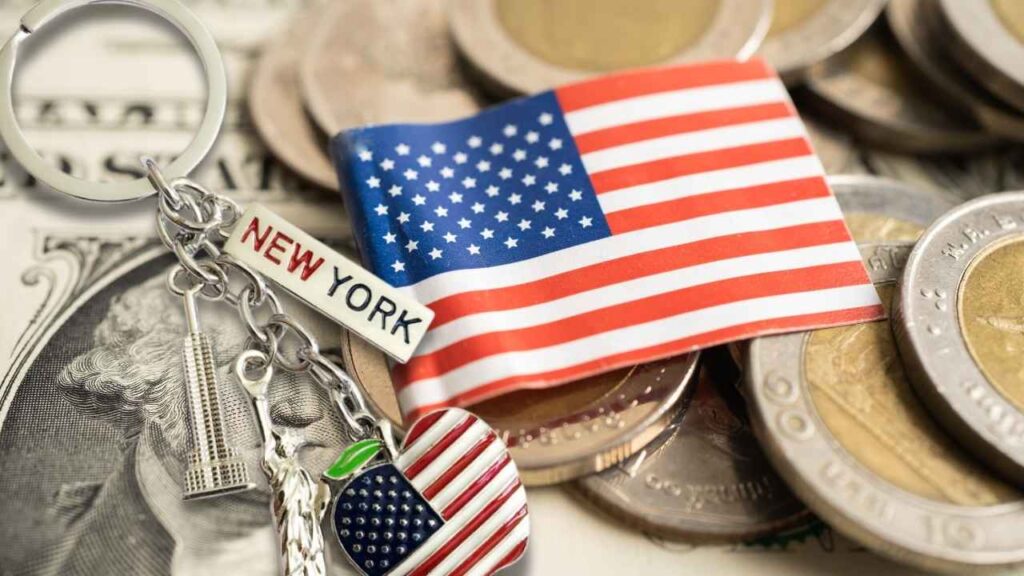The weight of the shopping basket. The electric bill that stretches the budget to the breaking point. The gas pump that displays painful figures. These aren’t abstract headlines for millions of New York families; they’re the palpable reality of each week, the mathematical constant that diminishes dreams through sheer necessity. Amid this persistent pressure, tangible, unexpected, and direct inflation refund (or stimulus check) is scheduled to arrive in mailboxes this fall.
For the first time, recognizing the daily bite of inflation in its residents’ pockets, New York State has woven a concrete lifeline into its 2025-2026 budget. These are tangible, physical checks or direct deposits that will begin their journey in mid-October: the so-called “Inflation Rebates.” A massive fund of two billion dollars, a figure that speaks to the scale of the challenge, intended to alleviate, however modestly, the economic suffocation that defines the daily lives of so many.
Who’s getting an inflation refund in New York?
The power of this program lies precisely in its simplicity and automatic nature. There’s no need to navigate bureaucratic labyrinths, fill out endless forms, or wait in long lines. More than 8 million New Yorkers—a figure that covers almost half the state’s population—qualify without taking an additional step.
The key is having fulfilled a basic civic obligation: filing the state income tax return for the 2023 tax year (Form IT-201). If you did so and no one claimed you as a dependent on their own return, relief will come to you. It’s a tacit, practical acknowledgment that the state sees the daily struggle with the cost of living.
The specific amounts of this inflation relief
For those who filed individual returns with incomes up to $75,000, the check will be $200. For those between $75,000 and $150,000, the aid will be $150. But the gesture seeks to have a more significant impact on family units. Married couples who filed joint returns and whose combined income did not exceed $150,000 will be able to receive up to $400. A shared boost to cope with endless expenses.
The distribution, confirmed by the State Department of Taxation, will begin promptly in mid-October. However, the logistics of reaching eight million households dictate a gradual pace. It won’t be a synchronized delivery statewide. Imagine the task: millions of envelopes, millions of addresses, crisscrossing cities, suburbs, and rural areas. The process will inevitably extend over several weeks.
